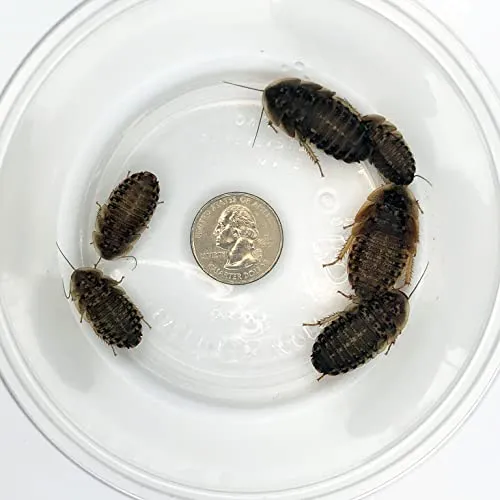Understanding the Curly Hair Tarantula (C. versicolor)
The Curly Hair Tarantula (Tliltocatl albopilosus), formerly known as Brachypelma albopilosum, is a popular species among tarantula enthusiasts, known for its docile nature and beautiful appearance. Native to the tropical dry forests of Costa Rica, this terrestrial tarantula is characterized by its dark body and distinctive, curly hairs. Understanding the species’ natural habitat and behavior is the first step towards providing optimal care. This comprehensive guide will help you navigate the essential aspects of owning a Curly Hair Tarantula, ensuring its health and well-being, and providing an enriching environment.
Overview of the Species Characteristics
Curly Hair Tarantulas are medium-sized spiders, with females typically reaching a leg span of 5-6 inches, while males are slightly smaller. Their bodies are covered in a mix of dark brown to black hairs, interspersed with lighter, golden-brown or curly hairs, giving them their characteristic appearance. These spiders are relatively slow-moving and generally non-aggressive, making them a good choice for beginner tarantula keepers. They possess urticating hairs on their abdomen, which they can flick off as a defense mechanism. These hairs can cause irritation to the skin and eyes, so caution is advised when handling or interacting with your tarantula. Regular observation of your tarantula’s behavior can help you understand its needs and any potential health issues.
Habitat and Natural Environment
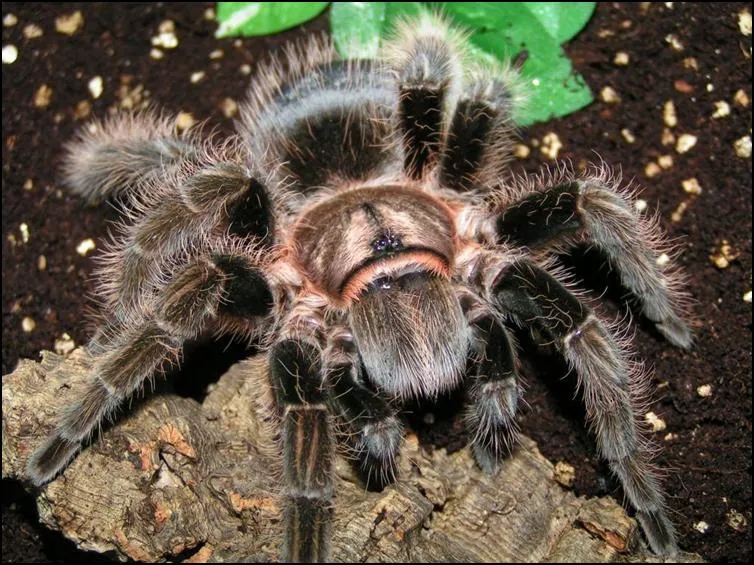
In their natural habitat, Curly Hair Tarantulas inhabit burrows in the ground, seeking shelter from the heat and predators. They thrive in a warm, humid environment. Replicating these conditions in captivity is crucial for their health and well-being. The enclosure setup should mimic their natural environment as closely as possible. This includes providing a secure, appropriately sized habitat with the right substrate, temperature, and humidity levels. Proper habitat design not only meets the tarantula’s physical needs but also provides enrichment, encouraging natural behaviors like burrowing and foraging.
Creating the Ideal Curly Hair Tarantula Enclosure
Setting up the right enclosure is essential for the well-being of your Curly Hair Tarantula. The enclosure should provide a secure and comfortable environment that mimics its natural habitat. This section will guide you through choosing the right size tank, selecting the appropriate substrate, and maintaining optimal temperature and humidity levels.
Choosing the Right Tank Size
The size of the enclosure depends on the size of your tarantula. A good rule of thumb is to provide an enclosure that is at least three times the tarantula’s leg span in width and length, and the height should be enough to prevent escapes. For juveniles, a small plastic container or a 5-gallon tank is often sufficient. As they grow, you will need to upgrade to a larger enclosure, such as a 10-20 gallon tank. Ensure the enclosure has a secure lid to prevent escapes and is well-ventilated to maintain air circulation.
Substrate and Furnishings
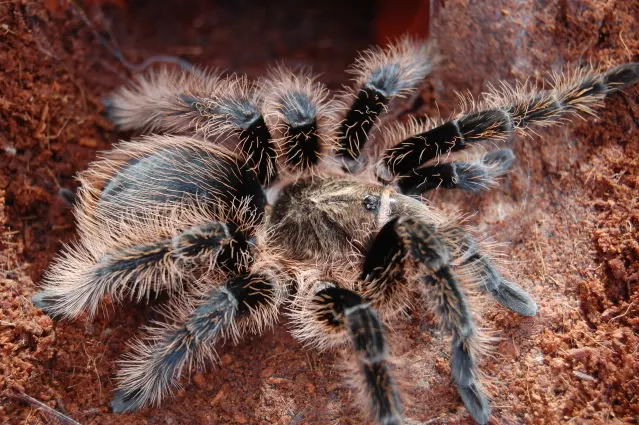
The substrate should be deep enough for the tarantula to burrow, if it chooses to do so. A mix of coco fiber and peat moss is an excellent choice, as it retains moisture well and provides a naturalistic environment. Avoid using substrates with sharp edges or chemicals. Include a hide, such as a piece of cork bark or a half-log, for your tarantula to retreat to. Adding a shallow water dish and some artificial or live plants can further enhance the enclosure’s aesthetic appeal and provide enrichment. Make sure the furnishings are secure and won’t topple over, potentially harming the tarantula.
Temperature and Humidity Control
Curly Hair Tarantulas thrive in temperatures between 75-85°F (24-29°C). You can use a heat mat placed on the side of the enclosure to maintain this temperature. Avoid placing the heat mat directly under the tank, as this could overheat the substrate. The humidity level should be maintained at 60-70%. You can achieve this by misting the enclosure with water a few times a week, but avoid over-misting, which can lead to mold growth. Use a hygrometer to monitor humidity levels. Proper ventilation is also crucial to prevent the build-up of mold and maintain a healthy environment for your tarantula.
Feeding Your Curly Hair Tarantula
Proper nutrition is critical for the health and growth of your Curly Hair Tarantula. They are opportunistic feeders, meaning they will eat almost anything that moves. This section provides information on what to feed your tarantula, how often, and how to ensure it gets adequate hydration.
What to Feed Your Tarantula
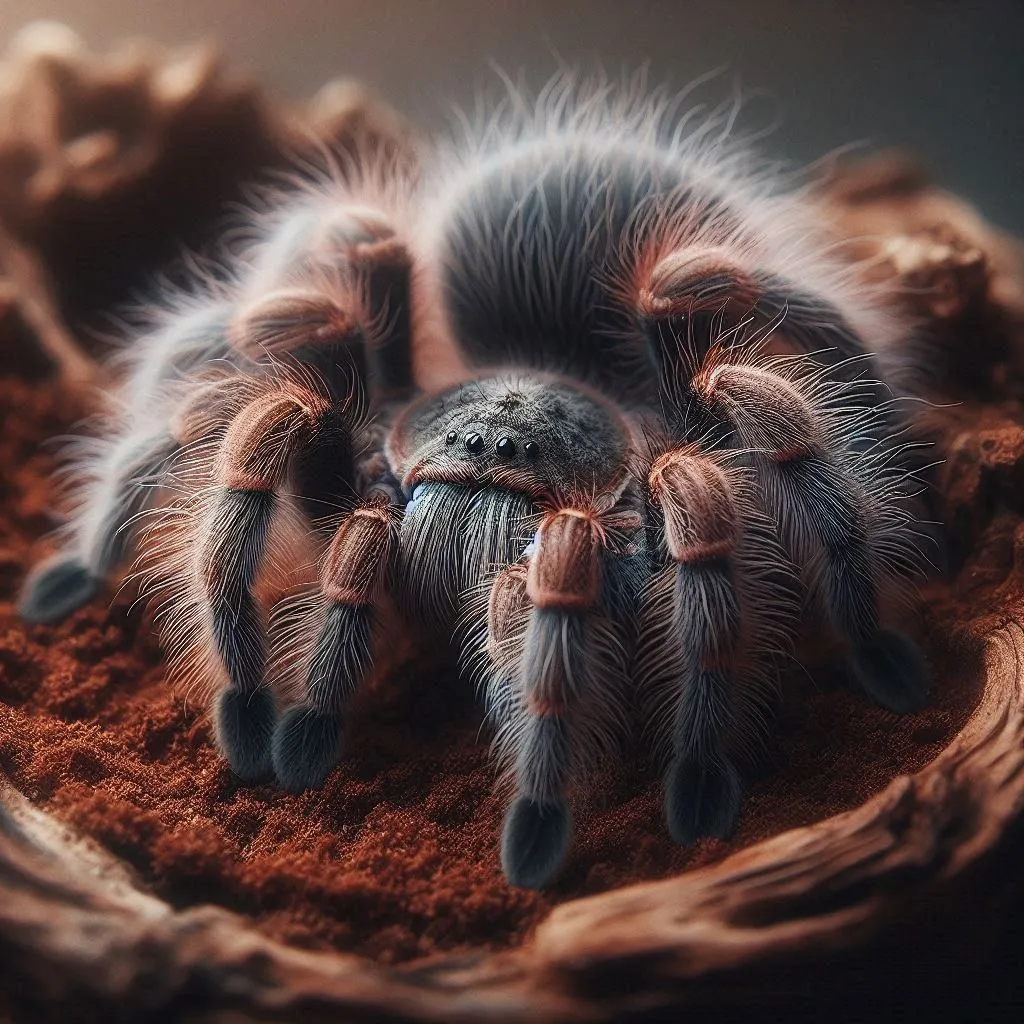
The main diet of a Curly Hair Tarantula consists of insects. Crickets, mealworms, and roaches are all suitable choices. You can also occasionally offer pre-killed insects. Always ensure the insects are gut-loaded before feeding them to your tarantula; this means feeding the insects nutritious food so that they, in turn, provide more nutrients to your spider. Avoid feeding wild-caught insects, as they may carry pesticides or parasites. The size of the prey should be appropriate for the size of your tarantula; a good rule of thumb is to offer insects that are no larger than the tarantula’s body.
Feeding Frequency and Portion Control
Juvenile tarantulas should be fed more frequently than adults. Feed juveniles 2-3 times a week, while adults can be fed once or twice a week. Overfeeding can lead to health problems, so it’s essential to monitor your tarantula’s abdomen. A healthy tarantula should have a rounded abdomen. If the abdomen appears too large, reduce the feeding frequency. Remove any uneaten food within 24 hours to prevent mold and mites from developing in the enclosure.
Water and Hydration Needs
Curly Hair Tarantulas require a constant supply of fresh water. Provide a shallow water dish filled with clean water. Make sure the dish is shallow enough that the tarantula can easily access it without risk of drowning. Replace the water in the dish at least twice a week, or more often if it becomes dirty. You can also mist the enclosure lightly to increase humidity and provide an additional source of hydration. Always use dechlorinated water.
Handling and Safety Precautions
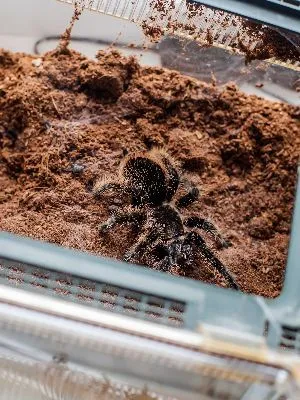
While Curly Hair Tarantulas are generally docile, it’s important to handle them with caution. Understanding their behavior and knowing the safety precautions is essential for both your safety and the spider’s well-being. Always prioritize the tarantula’s safety and comfort when handling it.
Is Handling Necessary
Handling your Curly Hair Tarantula is not necessary for its well-being and is often discouraged. Tarantulas are not social creatures and do not enjoy being handled. Handling can stress the tarantula, potentially leading to defensive behavior or injury. Regular observation of your tarantula in its enclosure allows you to monitor its health and behavior without the need for handling. Some keepers choose to handle their tarantulas, but it’s important to understand the risks involved and to do so responsibly.
Safety Tips for Handling
If you choose to handle your Curly Hair Tarantula, do so with extreme caution. Always handle them over a soft surface, such as a bed or carpet, to minimize the risk of injury if they fall. Avoid sudden movements and be gentle. Wash your hands thoroughly before and after handling. Be aware of the tarantula’s urticating hairs; avoid touching your face or eyes after handling. Always supervise children when they are near the tarantula’s enclosure and never allow them to handle the tarantula without adult supervision.
Common Health Issues and Prevention
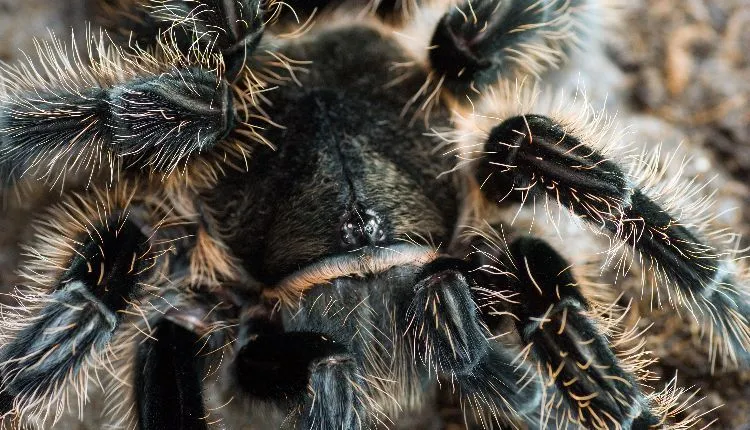
Like any pet, Curly Hair Tarantulas can be susceptible to certain health issues. Knowing how to recognize these issues and take preventative measures is vital for ensuring your tarantula’s longevity and well-being. This section discusses common health problems and how to address them.
Recognizing and Addressing Common Issues
Common health issues include mites, fungal infections, and dehydration. Mites can infest the tarantula and the substrate, causing irritation. Proper ventilation and substrate maintenance can prevent mite infestations. Fungal infections can develop in humid environments; ensure proper air circulation and avoid over-misting. Dehydration can occur if the tarantula doesn’t have access to water; ensure a constant supply of fresh water. If you notice any signs of illness, such as lethargy, loss of appetite, or unusual behavior, consult an experienced tarantula keeper or a veterinarian familiar with arachnids.
Shedding and Molting
Shedding, or molting, is a natural process in which tarantulas shed their exoskeleton to grow. During this time, the tarantula will typically stop eating and may appear lethargic. Provide a humid environment during molting. Do not disturb the tarantula during molting, as it is a vulnerable time. After molting, the tarantula will need some time for its new exoskeleton to harden. Do not feed it immediately; wait a few days before offering food. The discarded exoskeleton provides a good indication of the tarantula’s health and growth.
Breeding and Reproduction (Optional)
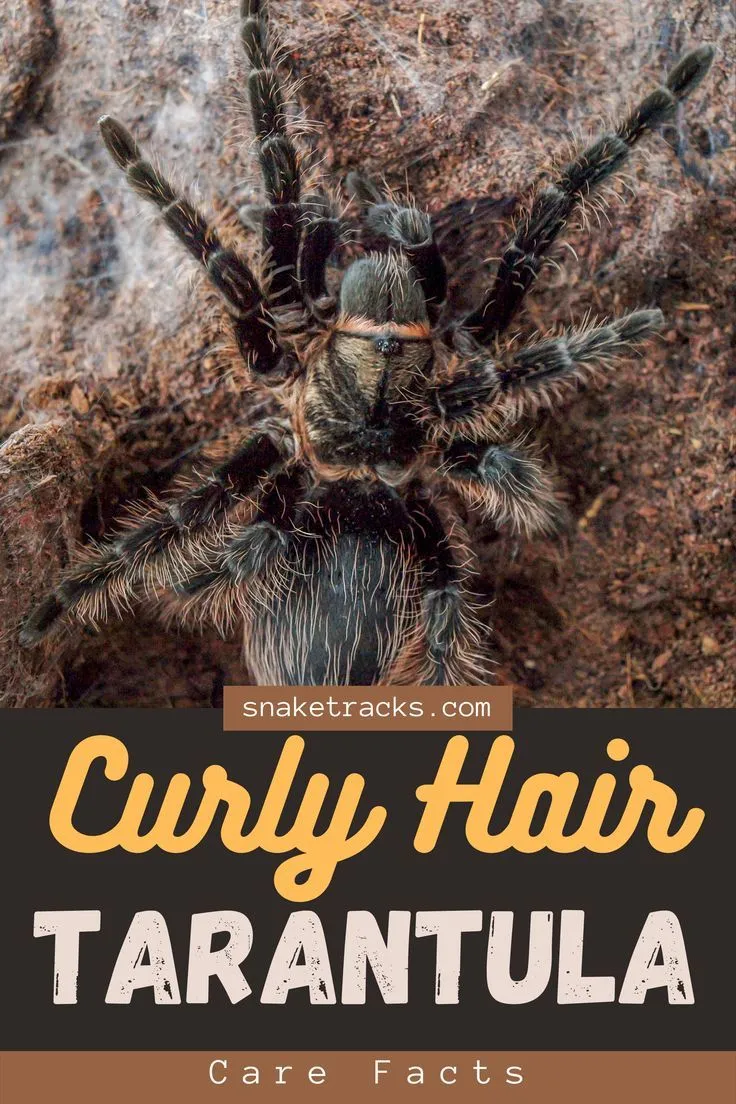
Breeding Curly Hair Tarantulas is a fascinating but advanced topic. It requires a good understanding of tarantula biology and behavior. This section provides a brief overview of the breeding process. Keep in mind that breeding is not for beginners and should only be undertaken by experienced keepers.
Understanding the Breeding Process
Breeding involves introducing a mature male tarantula to a receptive female. This process can be risky, as the female may attack and kill the male. Careful observation and preparation are critical. If successful, the female will lay an egg sac, which the keeper must carefully manage. This process requires a separate enclosure and careful monitoring of temperature and humidity.
Caring for Spiderlings
If the eggs hatch, the spiderlings require specialized care. They need a separate enclosure and a diet of small insects, such as fruit flies. Spiderlings are extremely vulnerable and require meticulous care. This involves providing appropriate humidity, temperature, and food. They also need to be separated into individual enclosures as they grow to prevent cannibalism. This process can be very time-consuming and requires significant expertise.
Conclusion Ensuring a Happy and Healthy Tarantula
Caring for a Curly Hair Tarantula can be a rewarding experience. By providing the right environment, proper nutrition, and handling with care, you can ensure that your tarantula thrives and brings you joy for many years. Remember to always prioritize the tarantula’s well-being and enjoy the unique experience of owning this fascinating creature. Continue to research and learn more about tarantula care to enhance your knowledge and provide the best possible care for your pet.
